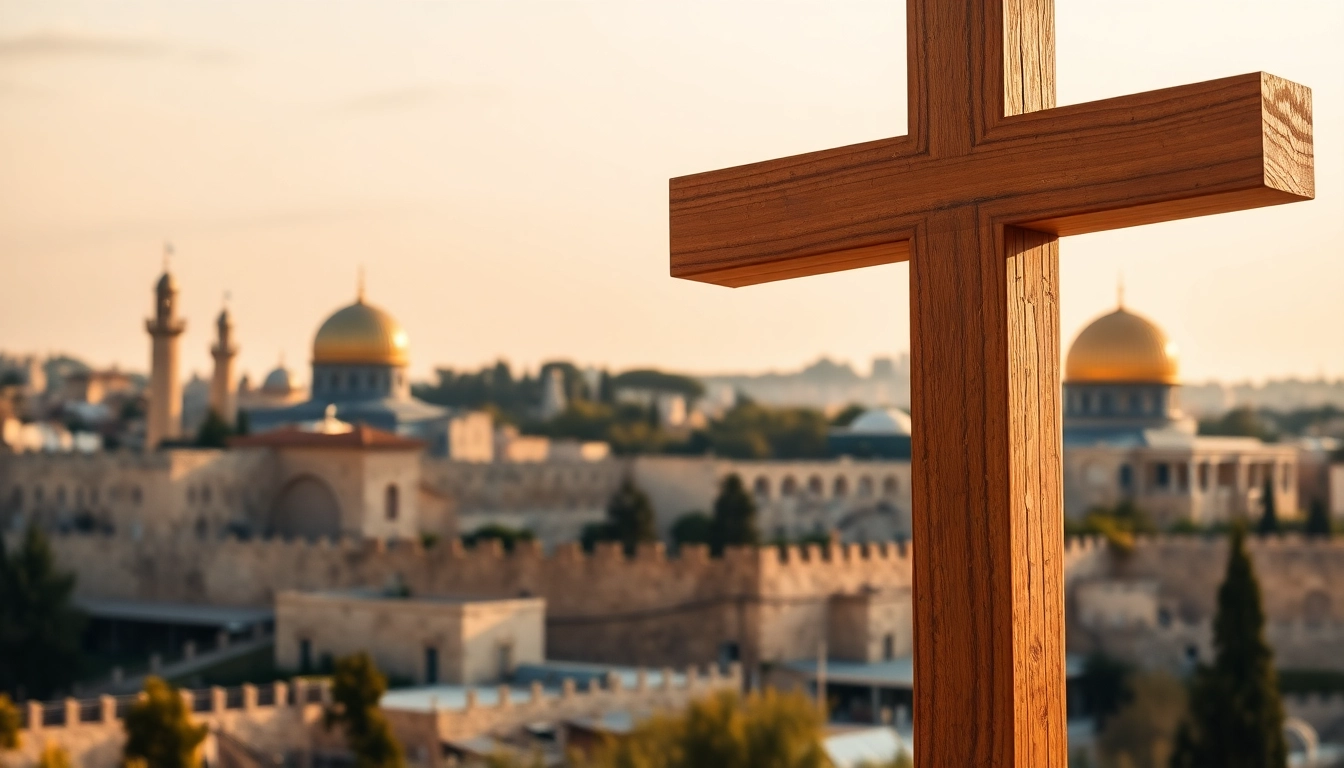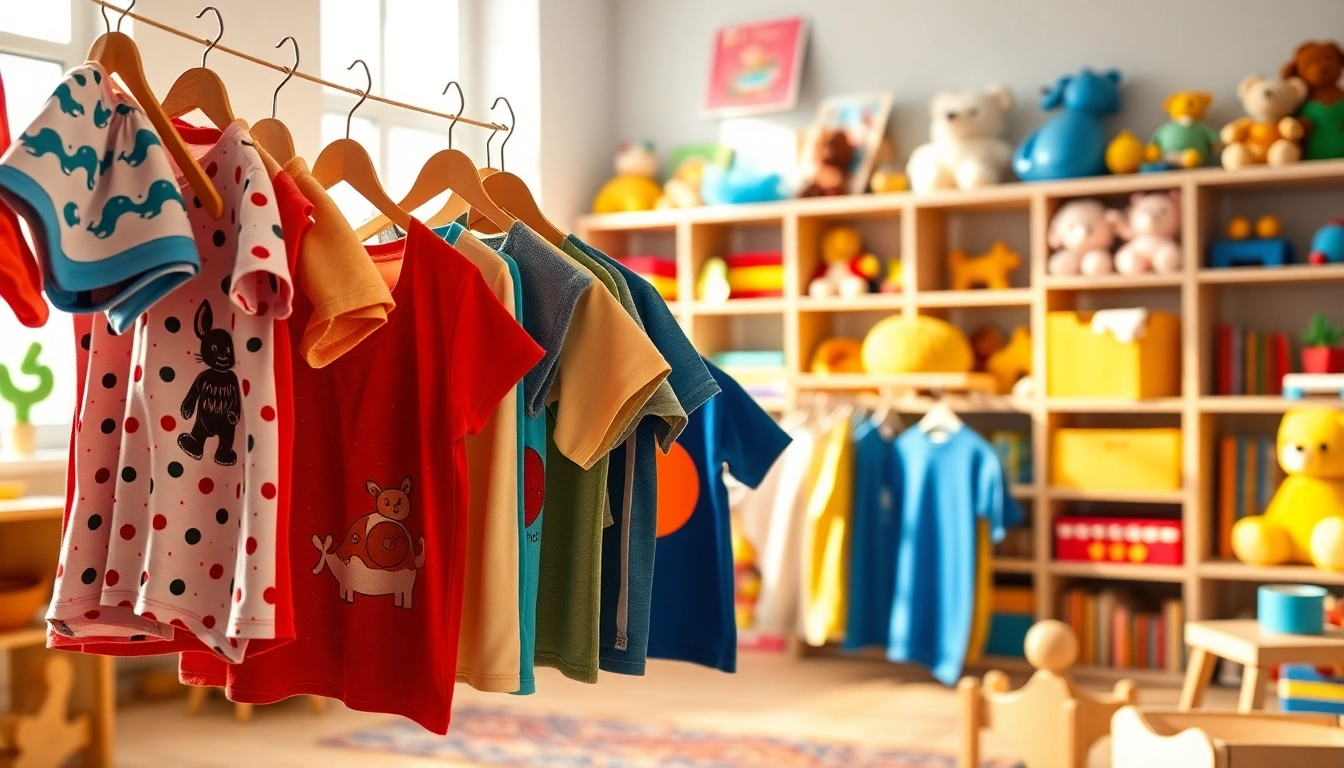1. Introduction to Jerusalem Crosses
The Jerusalem cross is a powerful symbol within Christian heritage, known for its distinctive design and rich history. Often referred to as the “five-fold cross,” it evokes a deep sense of spirituality and cultural significance. Its iconic structure consists of a large central cross, which is surrounded by four smaller crosses—one in each quadrant—representing the Four Evangelists: Matthew, Mark, Luke, and John. While its popularity spans the Christian world, the Jerusalem cross holds a unique place in the hearts of those with a connection to the Holy Land. Enthusiasts and collectors alike often seek out Jerusalem crosses to celebrate their faith and the history that accompanies these treasured artifacts.
1.1 What are Jerusalem Crosses?
The Jerusalem cross is a heraldic cross that symbolizes the Christian faith and the significance of Jerusalem as a spiritual center. Its design is often described as a large cross potent at the center, with four smaller Greek crosses positioned in each of the four quadrants. This arrangement signifies both the universal mission of Christ and the spread of the Gospel from Jerusalem to the ends of the earth. As a representation of faith, the Jerusalem cross serves as a connection between believers and their spiritual heritage.
1.2 Historical Background of the Jerusalem Cross
The roots of the Jerusalem cross date back to the time of the Crusades in the 11th century, where it emerged as a prominent emblem among the Crusader kingdoms, specifically the Kingdom of Jerusalem established after the First Crusade. It served as a unifying symbol for Crusaders, representing their commitment to the Christian faith and their intent to reclaim the Holy Land. The Jerusalem cross is often tied to numerous historical events, from the establishment of the Latin Patriarchate of Jerusalem to its adoption in various heraldic traditions.
1.3 Variations in Jerusalem Cross Designs
Throughout history, the Jerusalem cross has seen various artistic interpretations and designs, each adding to its rich legacy. From intricate metalwork and stained glass to simple wooden carvings, the cross has been created in many forms. Each variation reflects the cultural context of its creation—some designs emphasize ornate details, while others focus on minimalism and simplicity. Additionally, artisans may use different materials ranging from olive wood from the Holy Land to precious metals, allowing for a wide array of styles appealing to various tastes.
2. The Symbolism Behind Jerusalem Crosses
The Jerusalem cross is laden with symbolism that resonates deeply within the Christian faith. It is not merely a decorative object; it represents the core beliefs and narratives of Christianity.
2.1 Theological Significance of Jerusalem Crosses
Theologically, the Jerusalem cross embodies the concept of Christ’s sacrifice and resurrection. Each smaller cross represents the four aspects of Christian teaching—that the message of Christ was intended for all people across different cultures and nations. The large central cross serves as a reminder of the transformative power of Christ’s passion, while the smaller crosses signify the reach of the Gospel, highlighting Christianity’s universal appeal.
2.2 Jerusalem Crosses in Christian Heritage
In the context of Christian heritage, the Jerusalem cross has served multiple roles, ranging from a liturgical symbol in Christian worship to an emblem of national pride for certain sects of Christianity. It is frequently used in various liturgical settings, including on religious garments and in ecclesiastical art. Scholars assert that the cross enhances a deeper understanding of the Christian liturgical calendar and is a vital element of Christian art history.
2.3 Association with the Four Evangelists
The four smaller crosses of the Jerusalem cross are directly associated with the Four Evangelists: Matthew, Mark, Luke, and John. This connection reinforces the idea that the message of Christ was spread through their teachings. Each Evangelist has traditionally represented a different facet of Christ’s ministry, making the design a comprehensive symbol of the faith as a whole. It encourages believers to reflect on the teachings of these writers as individuals and as a cohesive narrative that forms the foundation of Christianity.
3. Cultural Impact of Jerusalem Crosses
Beyond its theological implications, the Jerusalem cross has made a significant impact on various cultures where Christianity is practiced, affecting art, community identity, and religious practices.
3.1 Jerusalem Crosses in Art and Craftsmanship
The artistry involved in creating Jerusalem crosses transcends mere craftsmanship; it encompasses cultural expression and heritage. Artisans in the Holy Land frequently incorporate elements of local culture, blending traditional techniques with the sacred symbol. The resulting pieces—be they carvings, paintings, or jewelry—highlight not only the beauty of the cross but also the rich artistic heritage of the region. Several contemporary artists have found inspiration in the Jerusalem cross, using it as a motif to explore themes of faith, identity, and belonging in today’s world.
3.2 Adoption Across Different Communities
The Jerusalem cross has been adopted by different Christian denominations, each imbuing it with unique meanings. For instance, the cross is prominently featured in Catholic, Orthodox, and Anglian traditions, where it may symbolize the broader Christian fellowship and unity. Various communities integrate the Jerusalem cross into their ritual practices, celebrations, and collective identity, showcasing its significance as a spiritual emblem that transcends denominational boundaries.
3.3 The Role of Jerusalem Crosses in Modern Faith
In contemporary contexts, Jerusalem crosses serve various functions, from personal tokens of faith to symbolic representations of hope and resilience. Many believers wear Jerusalem crosses as jewelry—necklaces, bracelets, or rings—to express their faith publicly. Moreover, the rising interest in spirituality has led to a renewed appreciation for traditional symbols like the Jerusalem cross, particularly among younger generations seeking connections to their heritage. This resurgence signifies the enduring relevance of the cross as a dynamic representation of faith and identity in an increasingly pluralistic society.
4. Purchasing and Caring for Jerusalem Crosses
For those interested in owning a Jerusalem cross, understanding how to acquire and care for these artifacts is essential. Here, we explore options for purchasing authentic pieces, along with tips for maintenance.
4.1 Where to Buy Authentic Jerusalem Crosses
Authentic Jerusalem crosses can be purchased from a variety of sources, ranging from specialized religious stores to local artisans in Jerusalem. Many online retailers now offer an extensive selection of Jerusalem crosses made from various materials, including olive wood, metal, or ceramics, catering to different price points. When purchasing, it’s crucial to ensure authenticity by seeking out respected retailers or artisans with verified backgrounds. Resources like the Jerusalem Art Museum can guide collectors to skilled and trustworthy sources.
4.2 Caring for Wooden Jerusalem Crosses
For wooden Jerusalem crosses, such as those crafted from Bethlehem olive wood, specific care measures are necessary to maintain their beauty and integrity. It is essential to keep them in a dry environment to prevent warping or cracking. Dusting the surface with a soft, dry cloth can help preserve the finish, while occasional applications of wood conditioner may enhance the wood’s luster. It is advisable to avoid exposing these crosses to direct sunlight or moisture, as these factors might damage the wood over time.
4.3 Gift Ideas Featuring Jerusalem Crosses
Jerusalem crosses make for meaningful gifts, particularly for significant life events such as baptisms, confirmations, weddings, or as a comforting presence during challenging times. Unique gift combinations, like pairing a Jerusalem cross with a religious book or inspirational artwork, can enhance its spiritual significance. Customized items, such as engraved crosses or those crafted by hand, can add a personal touch that resonates deeply with the recipient, making the gift truly special.
5. Conclusion: The Lasting Legacy of Jerusalem Crosses
As a symbol of profound faith and rich history, the Jerusalem cross continues to inspire and engage people across the world. Its significance is not static; it evolves with the world while remaining deeply rooted in Christian tradition.
5.1 Reviving Interest in Jerusalem Crosses
The growing interest in religious symbols like the Jerusalem cross reflects a broader revival of spirituality in contemporary society. Engaging with its historical and cultural significance can help foster a renewed appreciation for these symbols among younger generations. This revival may also spur discussions and explorations of the cross’s deeper meanings in today’s world, contributing to a richer understanding of faith.
5.2 The Future of Jerusalem Cross Representations
As the cultural landscape continues to shift, the representation of the Jerusalem cross is likely to expand further. New interpretations, such as modern art installations or digital representations, may emerge, allowing for new expressions of faith while maintaining the core significance of the original design. Collaboration between artists, theologians, and communities can cultivate fresh perspectives on the Jerusalem cross, ensuring that its legacy remains vibrant and relevant.
5.3 Encouraging Cultural Education around Jerusalem Crosses
Educating communities about the historical and cultural importance of the Jerusalem cross can create an informed appreciation for this powerful symbol. Through workshops, exhibitions, and online platforms, awareness can be raised around the intricacies of its design, traditional craftsmanship, and historical background. By sharing knowledge and insights, we can contribute to the preservation of its legacy for future generations, ensuring the Jerusalem cross continues to inspire believers and artists alike.














Leave a Reply